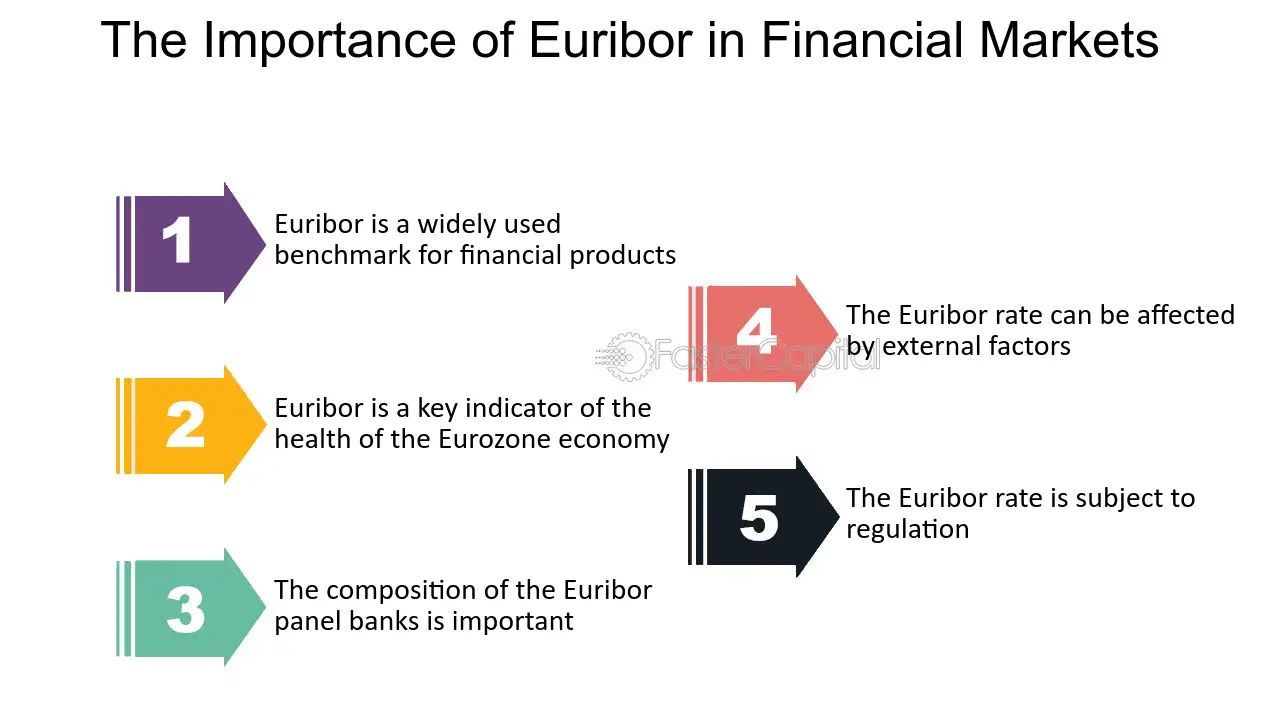Cattle Creep Feeders: Essential Tools for Optimal Growth in Young Livestock
When it comes to raising healthy and thriving livestock, providing proper nutrition is crucial. One of the most effective ways to ensure young animals receive adequate nutrients is through the use of cattle creep feeders. These specialized feeders not only optimize the growth of calves but also contribute to the overall efficiency of your farming operation. In this article, we will explore the benefits, types, and best practices for using cattle creep feeders, ensuring your livestock achieve their full potential.
What Are Cattle Creep Feeders?
Cattle creep feeders are specially designed feeding stations that allow young calves to access feed while keeping adult cattle out. This separation ensures that the calves receive the nutrients they need without competition from larger animals. Typically, creep feeders are strategically placed in pastures where the calves can easily access them while remaining safe and secure.
Key Features of Cattle Creep Feeders
• Adjustable Access Points: Most creep feeders come with adjustable openings to accommodate different sizes of calves, ensuring that only young animals can access the feed.
• Durable Construction: Made from weather-resistant materials, these feeders are built to withstand the rigors of outdoor use.
• Portability: Many creep feeders are designed to be easily moved from one location to another, allowing farmers to adapt to changing pasture conditions.
• Capacity: Cattle creep feeders can hold a significant amount of feed, reducing the need for frequent refills.
Why Are Cattle Creep Feeders Important?
1. Enhanced Nutritional Intake
One of the primary benefits of using cattle creep feeders is the increased nutritional intake for calves. Young livestock have specific dietary needs that differ from those of adult cattle. Creep feeders allow calves to access high-quality feed that supports their growth and development. By providing balanced nutrition, farmers can promote healthier animals with better weight gain.
2. Improved Growth Rates
Research has shown that calves that utilize creep feeders can achieve better average daily gains compared to those that do not. By supplementing their diet with creep feed, calves can reach market weight faster, which is particularly beneficial for farmers looking to maximize profits.
3. Reduced Competition for Feed
In a mixed herd, adult cattle can often dominate feeding opportunities, leaving young animals at a disadvantage. Cattle creep feeders create a designated space for calves to eat without competition, ensuring they receive their fair share of nutrients.
4. Better Weaning Transition
Creep feeders can also facilitate a smoother transition during the weaning process. By allowing calves to get accustomed to eating solid food before weaning, farmers can reduce stress and minimize weight loss during this critical period.
Types of Creep Feeders
1. Calf Creep Feeders
Calf creep feeders are specifically designed for young calves. They often feature smaller access points to ensure only calves can enter. These feeders typically hold a high-protein concentrate to support rapid growth.
2. Swine Creep Feeders
While primarily focused on cattle, some farms also raise pigs. Swine creep feeders serve a similar purpose, allowing piglets to access feed while keeping sows at bay. These feeders can be beneficial for operations that raise both cattle and pigs.
3. Portable Creep Cattle Feeders
For farmers who need flexibility, portable creep cattle feeders are an excellent choice. These feeders can be moved to different pastures as needed, allowing farmers to adapt to changing conditions and ensure that calves have constant access to feed.
Best Practices for Using Cattle Creep Feeders
1. Monitor Feed Quality
Regularly check the quality of the feed provided in the creep feeder. Ensure that the feed is fresh, dry, and free from mold. Spoiled feed can lead to health issues in calves and undermine the benefits of creep feeding.
2. Maintain Cleanliness
Keep the creep feeder clean and free from waste. Regular cleaning prevents the buildup of harmful bacteria and ensures that the feed remains palatable for calves.
3. Monitor Calf Behavior
Observe how calves interact with the creep feeder. Ensure that they are comfortable entering the feeder and that the feeder is not causing any stress. Adjust the size of the entry points as necessary.
4. Gradual Introduction
Introduce calves to creep feeding gradually. Start by providing a small amount of feed, allowing them to get used to the feeder before increasing the quantity. This approach helps prevent overconsumption and digestive issues.
5. Consider Nutritional Needs
Consult with a veterinarian or livestock nutritionist to develop a feeding program that meets the specific nutritional needs of your calves. This plan should take into account the age, weight, and health status of the animals.
Conclusion
Cattle creep feeders are invaluable tools for farmers seeking to optimize the growth and health of their young livestock. By enhancing nutritional intake, improving growth rates, and reducing competition for feed, these specialized feeders play a vital role in modern livestock management.
Whether you choose calf creep feeders, swine creep feeders, or portable creep cattle feeders, implementing best practices will ensure your livestock thrive. Investing in high-quality creep feeders is not just about immediate gains; it’s about building a healthier, more productive herd for the future. So, make the smart choice and enhance your farming operation with effective cattle creep feeders today! goat creep feeders


